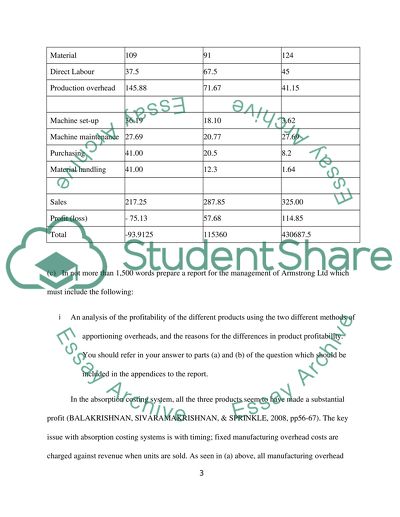Cite this document
(Management Accounting Issues Assignment Example | Topics and Well Written Essays - 1750 words, n.d.)
Management Accounting Issues Assignment Example | Topics and Well Written Essays - 1750 words. Retrieved from https://studentshare.org/finance-accounting/1475104-management-accounting
Management Accounting Issues Assignment Example | Topics and Well Written Essays - 1750 words. Retrieved from https://studentshare.org/finance-accounting/1475104-management-accounting
(Management Accounting Issues Assignment Example | Topics and Well Written Essays - 1750 Words)
Management Accounting Issues Assignment Example | Topics and Well Written Essays - 1750 Words. https://studentshare.org/finance-accounting/1475104-management-accounting.
Management Accounting Issues Assignment Example | Topics and Well Written Essays - 1750 Words. https://studentshare.org/finance-accounting/1475104-management-accounting.
“Management Accounting Issues Assignment Example | Topics and Well Written Essays - 1750 Words”, n.d. https://studentshare.org/finance-accounting/1475104-management-accounting.


